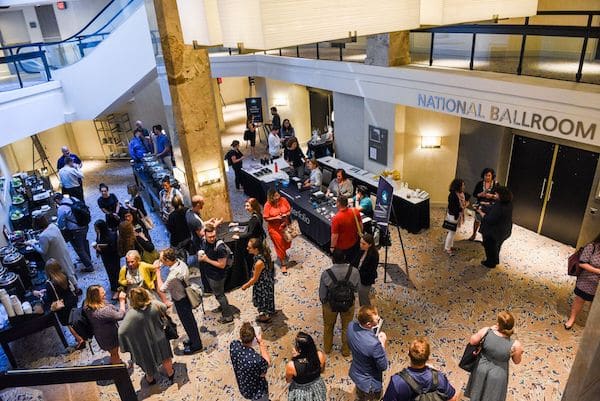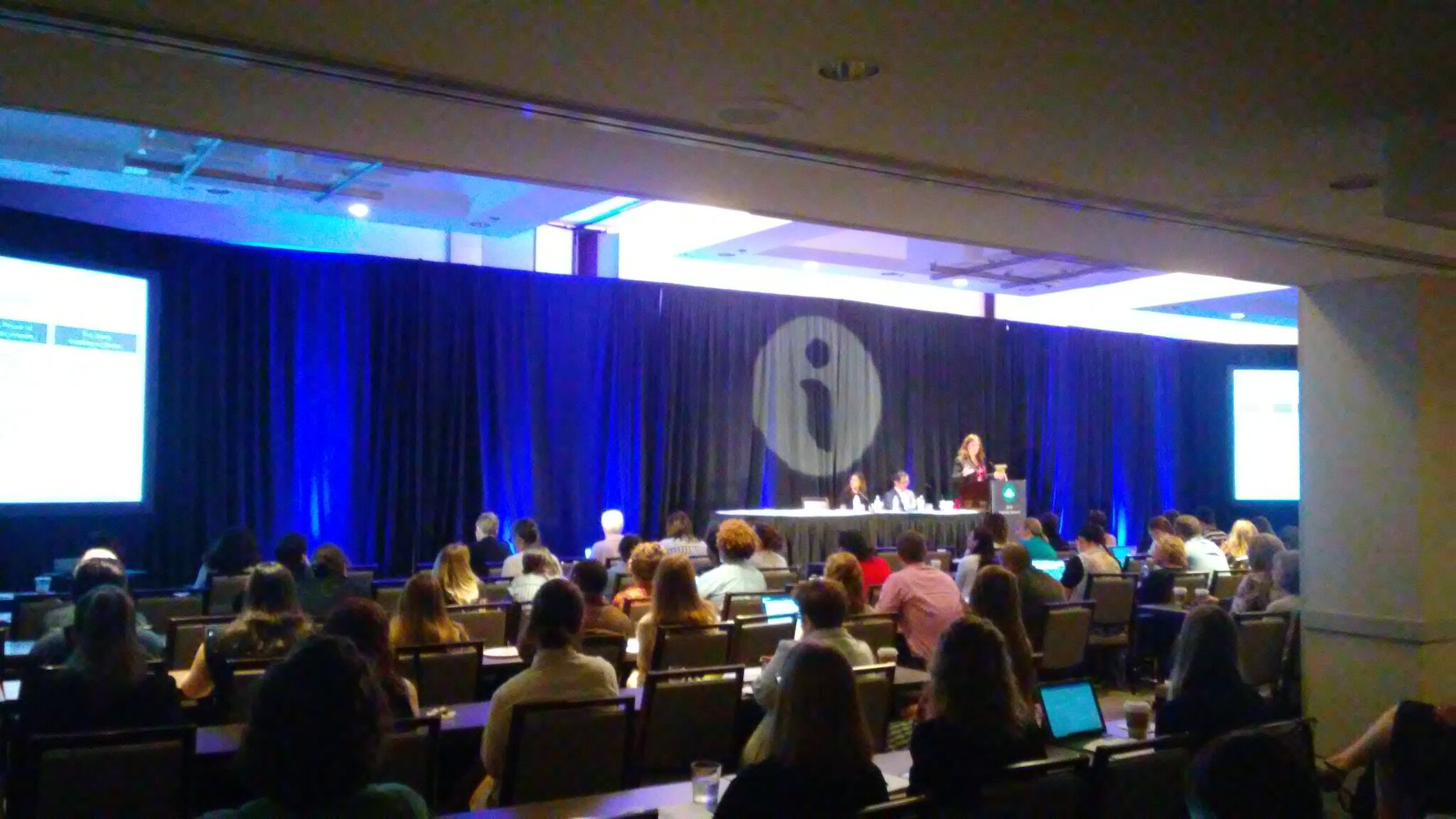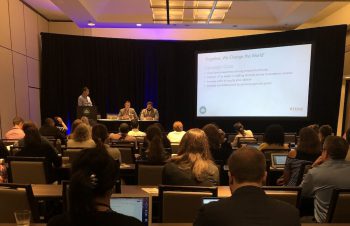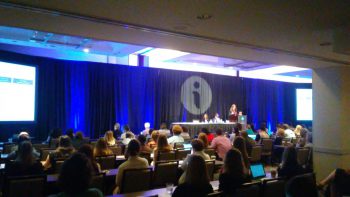This post continues our series Confessions of a Full-Time Adjunct.
In anticipation of the spring job-market season, I thought I’d make my pitch for why teaching at Community Colleges should not be overlooked as an option for those seeking a tenure-track job.
Let’s start with the practical details.
A tenure-track job with a Masters
The most straight-forward advantage of working for a Community College (CC) is that you can get a full-time, tenure-track job, with all the benefits therein, with just a Master’s degree. That means: sabbatical, lengthy holiday and summer breaks, almost total control over what you teach and how you teach it, and a lot of control over your day-to-day schedule. It’s a pretty sweet deal for those lucky enough to land those jobs.
In addition, based on my quick comparison of salary schedules of a four-year California State University and a nearby Community College (both of which are in the San Francisco Bay Area), salaries for full-time faculty max at about 130k at both colleges. Of course, salary and the in’s and out’s of benefits will vary, but a Community College tenure track job looks pretty good in comparison, especially considering that PhD is unnecessary.
I will say that you’ll be teaching a lot more at a Community College. Full-time faculty teach about 16 units per semester, with college and departmental responsibilities as well. This is because CC faculty are not required to publish, though many do. Which leads me to my second point…
No pressure to publish for tenure / Focus on teaching
Community Colleges are an excellent choice if you want to focus on teaching. People do publish—especially as a result of projects they’ve worked on during sabbatical. But the tenure requirements emphasize teaching quality, with additional attention to college service and professional development.
However, as a result of this, the funding for conference attendance is much more limited, and probably non-existent in some places. This aspect of working for a CC might be an upside or a downside, depending on your preferences. I knew many people in graduate school who actively hated teaching, and I know some professors at four-year schools who avoid teaching freshman at all costs.
Adult students are awesome / Community college students will blow you away
Have you ever taught an adult? It’s amazing. I know, of course, that most college students are 18 years old, and thus technically adults, but they tend to have very limited experience of the world. CC students are roughly split age-wise, with a little over 50% of students falling into the “traditional” 18-24 age range, and just under 50% in the 25-59 range. Most who fall into the latter category are returning to school after a few years of working full-time, but you will also frequently see older adults who have completed careers already, raised children, served tours in the military, and so on. Basically, they’ve lived a life, and they bring that life-experience to your classroom.
For example, at the CCs I’ve worked for I’ve had the great pleasure of working with the following students: a young latina woman, with 2-year-old twin boys at home, whose goal was to become a doctor; a middle-aged man who immigrated with his young family as refugees from Afghanistan, and who took his five children with him to the library to complete his homework; an older African American woman who eventually went on to complete her degree in Early Childhood Education at a prestigious private University, and eventually opened her own pre-school.
My point here is not really about the racial or ethnic diversity of the students (though I think that’s important too), it’s more about the varied life experiences. You just don’t see that at most four-year colleges, at least not with the same frequency.
And let me tell you, adult students are on it. They might be rusty, they might be a bit insecure about being surrounded by the young-uns, but they are willing to work hard, they see the importance of content that can sometimes be lost on younger students, and they have actually had to apply critical thinking skills in real life.
Don’t get me wrong. I appreciate those shiney-new 18-year-olds as well. But there are different strengths in different age-groups and backgrounds, which makes the CC classroom a much richer, more interesting place in my opinion.
So that’s my case for teaching at a Community College. In California there is a separate job posting site for the CC’s, cccregistry.org. I’m sure other state’s Community College systems have similar sites, but you may have to search area by area. Happy job hunting!
Author bio: Dr. Lauren Nahas has a PhD in English from the University of Texas at Austin. She is a full-time adjunct in the San Francisco Bay Area.












